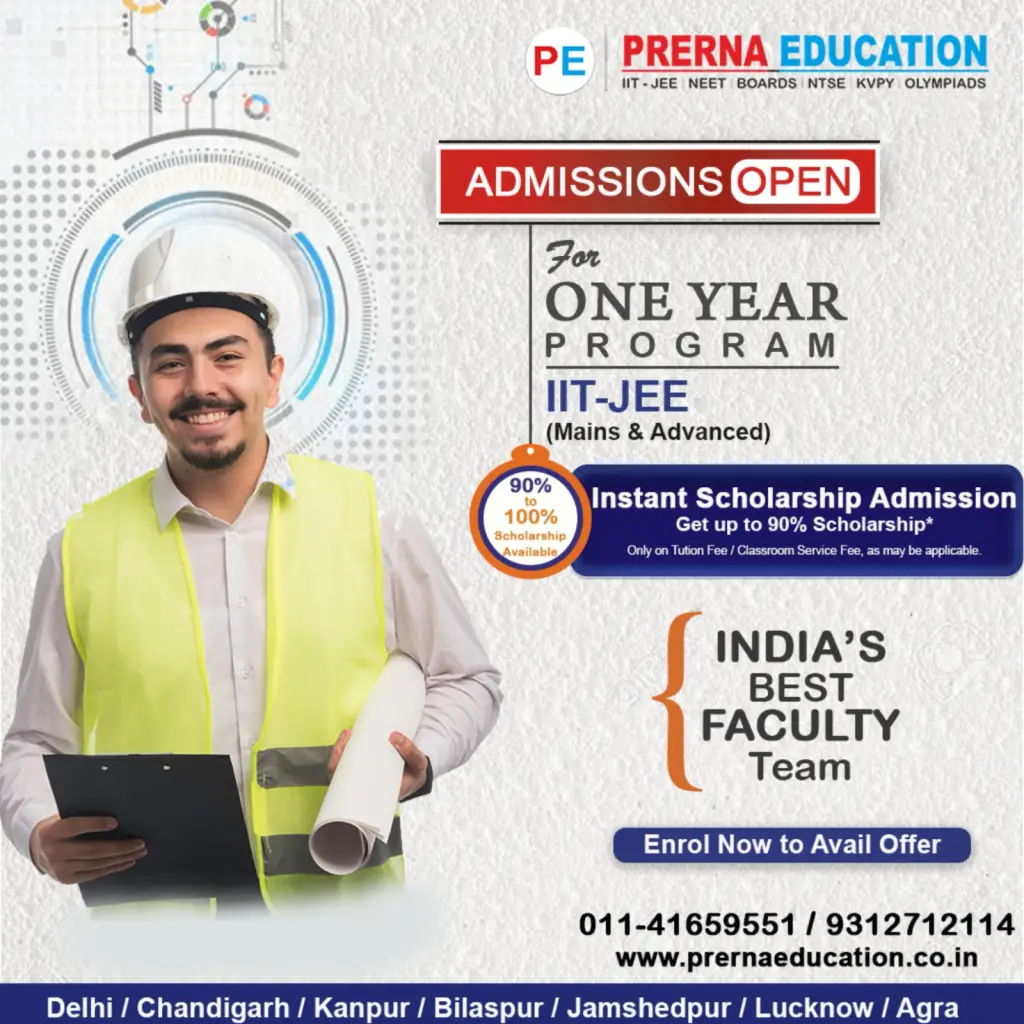Ray Optics & Optical Instruments Assignments/DPPs
The captivating world of Physics takes a luminous turn as we delve into the chapter “Ray Optics” for Class 12. This chapter equips you with a fundamental understanding of light propagation and its interaction with matter, crucial for success in both JEE and NEET. It unveils the principles of geometrical optics, where light is treated as a ray, forming the foundation for exploring various optical instruments.
Overview : Ray Optics for Class 12, JEE and NEET
“Ray Optics” introduces the concept of geometrical optics, a simplified approach to studying light by approximating its propagation as a series of straight lines called rays:
- Light as a Wave vs. Ray: In reality, light exhibits both wave and particle-like behavior. However, for many situations involving reflection, refraction, and the formation of images by mirrors and lenses, the ray model provides a valuable and accurate tool.
The Laws of Reflection: Guiding the Light’s Path
The chapter explores the laws of reflection, governing the behavior of light rays when they encounter a smooth surface:
- Law of Reflection: The angle of incidence (θi) of a light ray striking a reflecting surface is equal to the angle of reflection (θr) measured from the normal to the surface at the point of incidence. This principle is applied in mirrors and other reflective devices.
Understanding Reflection Phenomena:
“Ray Optics” delves into different reflection phenomena:
- Specular Reflection: When light rays strike a smooth, polished surface, they reflect at a specific angle following the law of reflection, resulting in a well-defined reflected image (e.g., plane mirrors).
- Diffuse Reflection: Rough surfaces cause light rays to reflect in random directions, scattering the light and preventing the formation of a clear image (e.g., painted walls).
Refraction: Bending Light for a New Perspective
The chapter introduces the concept of refraction, the bending of light rays when they travel from one medium to another with different refractive indices:
- Snell’s Law: This law relates the angles of incidence and refraction to the refractive indices (n) of the two media. It governs the bending of light rays and is crucial for understanding lenses and prisms.
Exploring Refraction Phenomena:
“Ray Optics” examines the consequences of refraction:
- Refraction at a Plane Surface: Light rays bend towards the denser medium (higher refractive index) when entering it and away from the denser medium when exiting.
- Applications: Refraction plays a vital role in the functioning of lenses, prisms, and the formation of rainbows.
Mirrors: Shaping the Light’s Reflection
The chapter explores different types of mirrors and their image formation properties:
- Plane Mirrors: Produce virtual, upright images with the same size as the object.
- Concave Mirrors: Can converge or diverge light rays depending on their shape, forming real or virtual images of varying sizes.
- Convex Mirrors: Always produce virtual, upright, and diminished images.
Lenses: Converging and Diverging Light
“Ray Optics” introduces lenses, transparent optical components that converge or diverge light rays:
- Types of Lenses: Convex (converging) lenses focus parallel rays to a point, while concave (diverging) lenses spread out parallel rays.
- Image Formation: Lenses can form real or virtual images, magnified or diminished, depending on the lens type and object distance.
Optical Instruments: Putting Theory into Practice
The chapter explores various optical instruments that utilize the principles of reflection, refraction, and image formation:
- Microscopes and Telescopes: Enhance the magnification of small or distant objects, respectively.
- Eyeglasses and Contact Lenses: Correct vision by converging or diverging light rays to focus them on the retina.
- Prisms: Separate white light into its constituent colors due to the varying degrees of refraction for different wavelengths.
DPPs for Ray Optics and Optical Instruments
Mastering Ray Optics for JEE & NEET Success:
Conquering the intricacies of “Ray Optics” empowers you to excel in both JEE and NEET. Here’s how you can elevate your preparation:
- Focused Assignments: Solidify your understanding by tackling dedicated exercises from PRERNA EDUCATION. Focus on specific topics like laws of reflection, refraction phenomena, different types of mirrors and lenses, image formation, and applications in optical instruments.
- Daily Practice Problems (DPPs): Hone your problem-solving skills and build speed by tackling daily practice problems (DPPs) encompassing diverse concepts like:
- Using the law of reflection to predict the path of reflected light rays and image formation by plane mirrors.
- Applying Snell’s Law to calculate the angle of refraction for light rays entering or exiting different media.
- Analyzing the image formation characteristics of concave and convex mirrors and lenses.
| Reach Us |
011 – 41659551 | 9312712114 CENTERS H-81, South Extension Part 1, New Delhi – 110049 179, 2nd Floor, opposite Select Citywalk Mall, Khirki Village, Saket, New Delhi – 110017 Phone: 011-41659551 | 011-41676717 Mobile: +91-9312712114 Email: info@prernaeducation.co.in |
Related Posts
⯈ Download DPPs Class 12 Physics
⯈ Download DPPs Class 12 Chemistry
⯈ Download DPPs Class 12 Maths
⯈ Download DPPs Class 12 Zoology
⯈ Download DPPs Class 12 Botany
⯈ Download DPPs Class 11 Physics
⯈ Download DPPs Class 11 Chemistry
⯈ Download DPPs Class 11 Maths
⯈ Download DPPs Class 11 Zoology
⯈ Download DPPs Class 11 Botany
⯈ Download DPPs for Class 10 Science
⯈ Download DPPs for Class 10 Maths
⯈ Download DPPs for Class 9 Science
⯈ Download DPPs for Class 9 Maths



